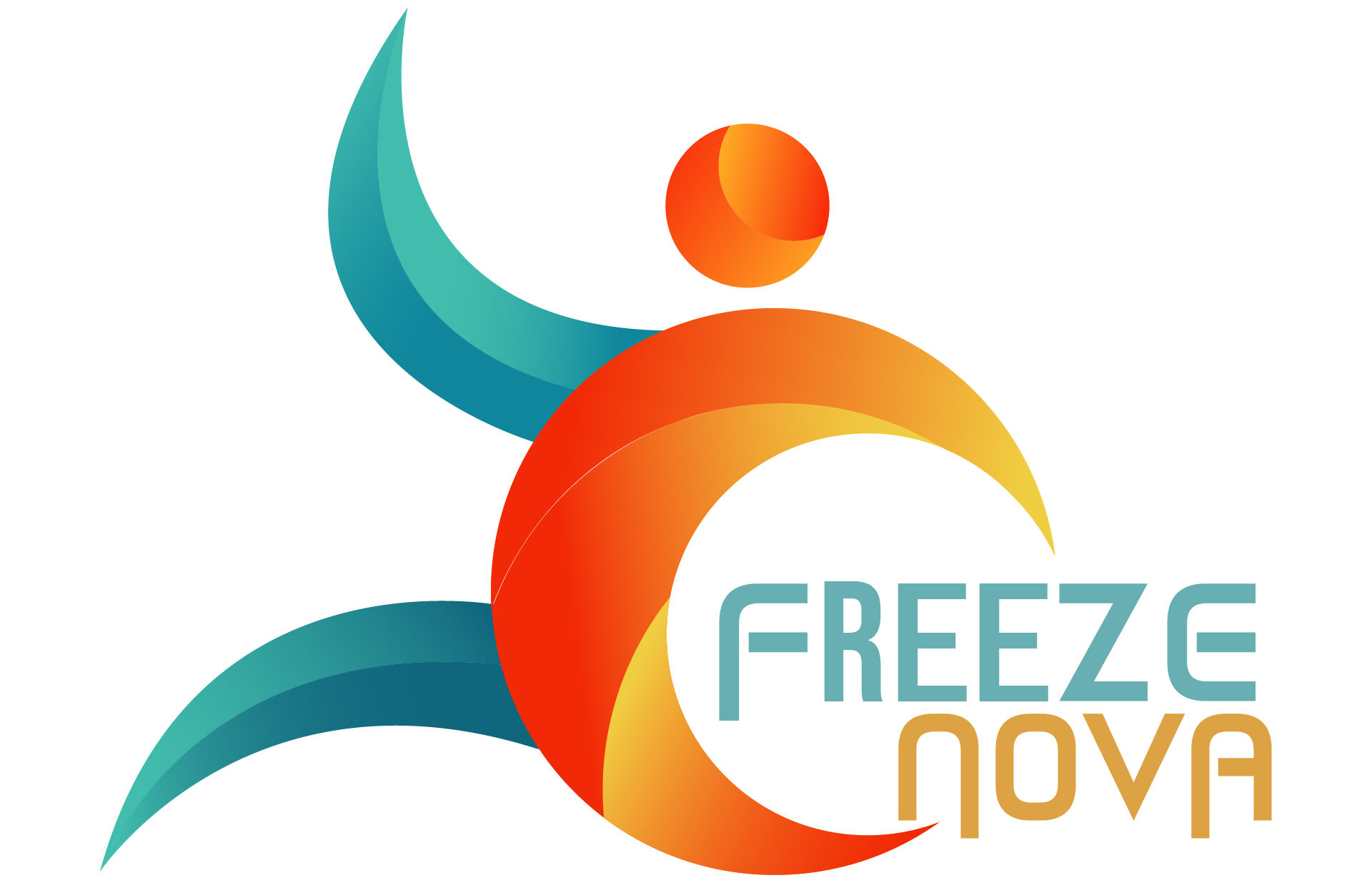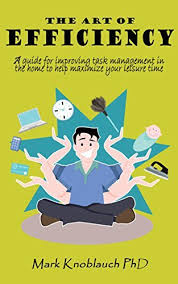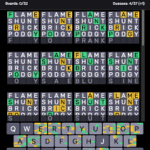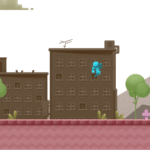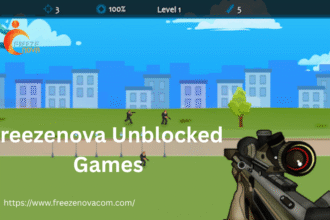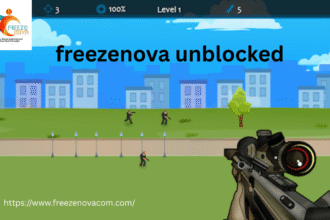Introduction
In a world of constant noise, distractions, and endless to-do lists, mastering The Art of Efficiency is no longer a luxury—it’s a necessity. Whether you’re a remote worker, busy parent, entrepreneur, or student, your success hinges on how well you manage your time, energy, and resources.
But efficiency isn’t about doing everything faster. It’s about doing the right things better, with less stress and more impact. In this guide, we’ll explore how to optimise workflows, make smarter decisions, and build habits that create lasting results.
If you’re ready to take back control of your time and do more with less, this is where it begins.
What is The Art of Efficiency?
The Art of Efficiency is the practice of achieving maximum results with minimum wasted effort or expense. It’s not just about productivity—it’s about intentional performance.
Efficiency vs. Productivity
- Productivity is about doing more.
- Efficiency is about doing better.
In other words, productivity without efficiency is like running faster in the wrong direction. When you master the art of efficiency, you optimise effort, reduce friction, and achieve meaningful outcomes.
Why Efficiency is the Competitive Edge of 2025
According to a 2025 report by Deloitte, businesses and individuals who adopt efficiency-focused systems are 30% more likely to outperform peers in revenue and well-being.
Key Benefits of Practising the Art of Efficiency:
- More time for strategic thinking and creativity
- Lower burnout and mental fatigue
- Improved decision-making and prioritisation
- Greater work-life balance
Whether you’re running a business or managing a household, learning The Art of Efficiency is like unlocking a secret weapon.
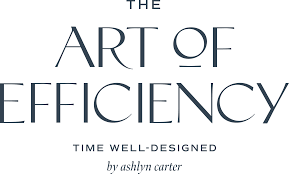
The Core Pillars of The Art of Efficiency
Efficiency thrives on structure. Let’s break down the core pillars that make it possible:
1. Clarity of Purpose
You can’t be efficient without knowing your destination. Define your goals first.
- Ask: What outcome matters most right now?
- Cut anything that doesn’t serve that outcome.
“Clarity fuels action; confusion kills momentum.”
2. Systemised Workflows
Efficiency loves repeatability. Use systems to save time and brainpower.
Examples:
- Email templates for repetitive responses
- Automated scheduling with tools like Calendly
- Checklists for recurring tasks (e.g., content publishing)
3. Energy Management
Working longer ≠ , working better. Manage your mental and physical energy.
Tips:
- Work in 90-minute focus blocks
- Protect your best hours (usually mornings)
- Prioritise sleep, hydration, and movement
Time Management: Where Efficiency Begins
Time is the non-renewable resource everyone wastes. Mastering it is the first step to mastering The Art of Efficiency.
Use the Eisenhower Matrix
A proven method to prioritise what truly matters:
| Urgent | Not Urgent |
| Important | Do Now |
| Not Important | Delegate |
Use it to categorise tasks and make intentional decisions about your time.
Batching Tasks = Less Context Switching
Group similar tasks together:
- Answer all emails at 11 AM
- Schedule all meetings on Wednesdays
- Write content in one one-afternoon block
The result? Less friction, more flow.
The Power of Saying No
Efficiency isn’t about adding more—it’s about subtracting wisely.
Saying no to:
- Useless meetings
- Low-priority requests
- Endless multitasking
…is how you say yes to clarity and focus. This is essential to mastering The Art of Efficiency.
“If you don’t prioritise your life, someone else will.” – Greg McKeown
Tools That Supercharge Efficiency
Here’s a curated list of high-impact tools aligned with The Art of Efficiency:
| Category | Tool | Purpose |
| Task Mgmt | Todoist, Asana | Organize priorities |
| Automation | Zapier, Make | Connect and automate workflows |
| Time Tracking | Toggl, RescueTime | Identify time drains |
| Note-Taking | Notion, Evernote | Brain dumps + databases |
| Focus | Forest, Focusmate | Stay locked in |
Pick what fits your workflow—and ditch the rest. Remember, tools are only helpful if they reduce effort.
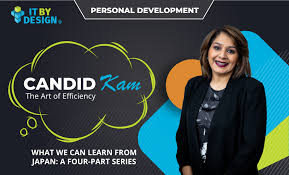
Case Study: Efficiency in Action (Real-Life Example)
Meet Alex, a freelance designer.
Before Efficiency:
- Worked 10+ hours a day
- Constantly checking email
- Missed deadlines, always stressed
After Applying The Art of Efficiency:
- Set clear priorities weekly
- Batched communication to 1 hour/day
- Used templates for onboarding clients
Result:
- Cut work hours by 30%
- Doubled client satisfaction
- Reclaimed evenings and weekends
This is The Art of Efficiency in action—less burnout, better results.
The Role of Communication in Efficiency
Poor communication is one of the biggest efficiency killers. Here’s how to fix it:
Be Clear, Not Clever
Use:
- Bullet points for instructions
- “TL;DR” summaries
- Defined expectations
Avoid:
- Overly long emails
- Vague deadlines
- Passive language
Efficient teams (and individuals) communicate with intention, not confusion.
Efficiency is a Habit, Not a Hack
One productive day doesn’t make you efficient. Efficiency thrives on consistency.
Build Micro-Habits
Instead of overhauling your life, start small:
- End your day by listing 3 key tasks for tomorrow
- Spend 10 minutes decluttering your workspace
- Reflect weekly: What worked? What didn’t?
The Art of Efficiency isn’t a sprint—it’s a system you evolve.
Books That Master the Art of Efficiency
Reading is a shortcut to wisdom. These titles embody The Art of Efficiency:
- Essentialism by Greg McKeown – Do less, but better
- Atomic Habits by James Clear – Small habits, big results
- Deep Work by Cal Newport – Focused effort is your superpower
- The 4-Hour Workweek by Tim Ferriss – Systems over hustle
- Getting Things Done by David Allen – A Trusted Productivity System
Build your mental library. Efficiency loves prepared minds.
Efficiency in Business vs. Personal Life
While The Art of Efficiency applies across the board, here’s how it plays out differently:
| Area | Focus | Example |
| Business | Streamlining operations | Automating client onboarding |
| Personal Life | Simplifying decisions | Meal planning for the week |
In both, the goal is the same: optimise effort for meaningful results.
Conclusion
Efficiency isn’t about becoming robotic or rushed. It’s about intention over impulse, clarity over chaos, and results over noise.
When you practice The Art of Efficiency, you:
- Gain more time
- Make sharper decisions
- Reduce overwhelm
- Create space for what truly matters
Start today. Choose one system, habit, or tool from this guide. Then build from there. Remember: the best time to become efficient was yesterday. The second-best time? Now.
Read Also: Duotrigordle: Try the Addictive 32-Word Wordle Challenge
FAQs
What does “The Art of Efficiency” mean?
It refers to the intentional practice of doing more with less—maximising results while minimising wasted time or energy.
How can I improve efficiency at work?
Start by clarifying priorities, batching tasks, reducing distractions, and using time-management tools like the Eisenhower Matrix.
Is multitasking efficient?
No. Studies show multitasking reduces efficiency and increases errors. Focus on one task at a time for better results.
What are the best apps for efficiency?
Top tools include Notion, Todoist, Zapier, Focusmate, and Toggl—each helps automate, organise, or enhance your focus.
How do I maintain efficiency long-term?
Build habits, track what works, and review your systems regularly. Efficiency isn’t a one-time fix—it’s a lifestyle choice.
